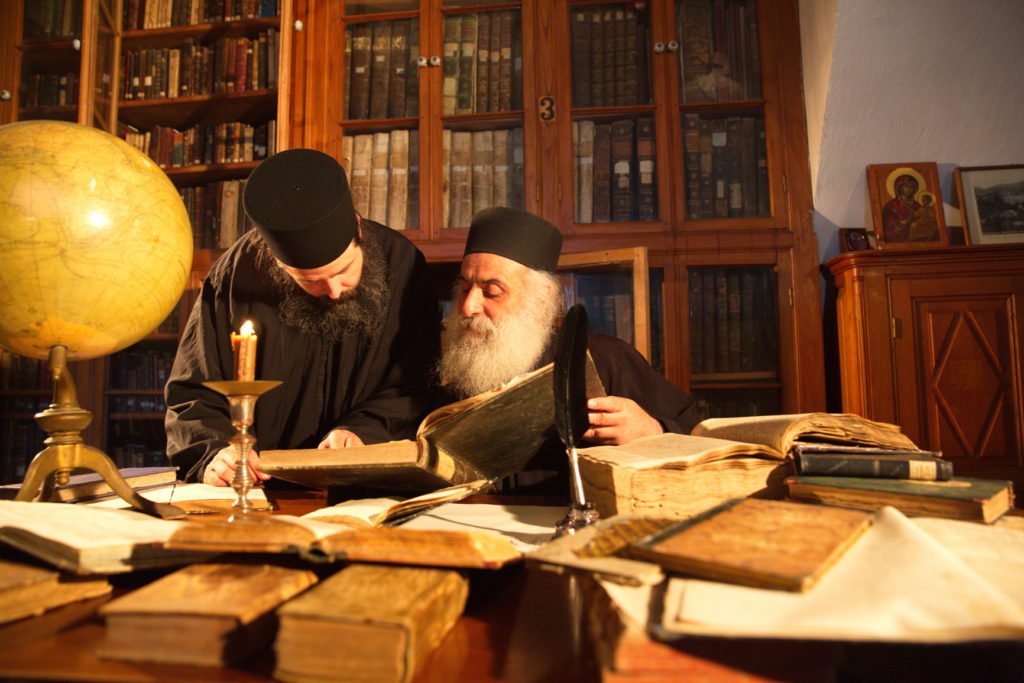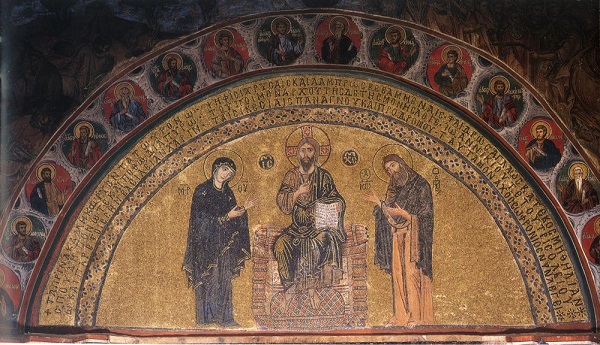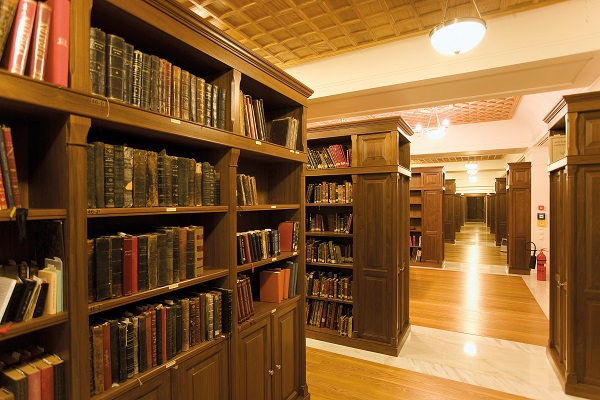The monastic state of the Holy Mountain, which is the oldest and longest-surviving democracy in the world, is also the most important spiritual centre for people of our time. Its presence today, with its particular spiritual vigour and the prestige it enjoys, embodies our highest and surest spiritual hope for the future.
During the course of its history of a thousand years and more, the Holy Mountain, in a mystical, peaceful, silent yet dynamic manner, has not only preserved Christian hope and faith unalloyed, but has also contributed to the promotion of the eternal values reflected in the theology, the freedom of human personality, the history, the architecture, precisely those multifarious treasures which are indissolubly linked to a wonderful life, full of self-sacrifice, beauty and hope.

The Holy Mountain is a huge, abiding repository of art- Byzantine, post-Byzantine and modern. This art, which is identified with Orthodox tradition, is expressed for the most part in architecture, painting, small-scale works of art, rich embroidery, manuscripts and hymnography.
Apart from the architecture and monumental art, many exquisite portable icons from the Byzantine and post-Byzantine era, manuscripts, valuable printed books and other priceless treasure are preserved on the Holy Mountain. This unique richness of monuments and treasures, an expression of the Orthodox tradition itself, has been preserved through the care and attention of the Athonite monks, often in difficult and testing historical circumstances.
Today, the largest collections of Christian art in the world are kept in the Monasteries of the Athonite State. All the monuments and objets d’art in this unique Christian, monastic community, which has been active since the moment of its foundation more than a thousand years ago, preserve the stamp of Byzantine culture and the Byzantine style of art. Indeed, because of the accumulated Athonite heritage on the one hand and the uninterrupted continuum of monasticism on the other, the Holy Mountain might well be best described as a ‘living monument’.
The same concatenation of historical circumstances and the common ascetic ideal of the Athonite State have created common elements as regards the way in which the story of each Monastery on the Holy Mountain has unfolded. Nevertheless, certain monasteries, over the course of their history, have proved to be particularly representative examples of the development of Athonite monasticism and culture. Among these it is HGM Vatopaidi.

HGM Vatopaidi is a sacred treasure-house with a significant number of portable icons, richly embroidered vestments, Byzantine and post-Byzantine small-scale works of art, all of which constitutes one of the most important collections of holy treasures anywhere in the world. They are distinguished for their outstanding artistic value. In collaboration with specialist scholars, the Monastery has shown particular concern for the investigation, study, utilization and promotion of its rich treasures, which are part of the cultural heritage of the whole world.
In the sacristy of the Monastery are kept many rare treasures, such as a portion of the Precious Cross, and the Girdle of the Mother of God. There are also the multi-hued jade chalice- a gift from Kantakouzinos Palaiologos, sacred vestments embroidered with gold and silver and holy vessels in a variety of forms and types.
The icon room of the Monastery contains a large portion of the 2,000 portable icons in the Monastery. Among these are many of Our Most Holy Lady, with apt names such as ‘The Guide’, ‘The Keeper of the Sanctuary’, ‘The Gainsayer’, ‘The Consolation’ ‘The Queen of All’, ‘The Oil-Provider’ and ‘The Slaughtered’, all connected with the history of the Monastery, with many traditions and miracles.

Finally, the Monastery library and archives contain 2,050 manuscripts, one third of which are written on parchment. It also possesses 25 parchment scrolls. Part of the Monastery’s 40,000 books are kept here, many of which are incunabula or vintage editions. The Monastery archive contains three hundred and ten thousand documents. Of these, many are chrysobulls from Byzantine emperors, Patriarchal sigillia and other important documents.